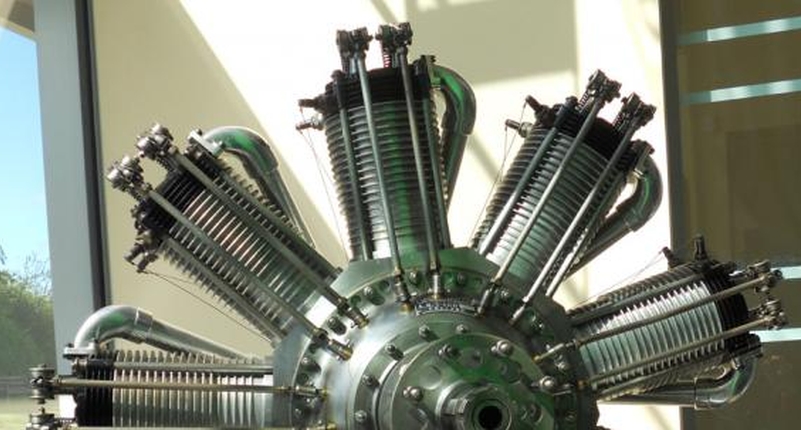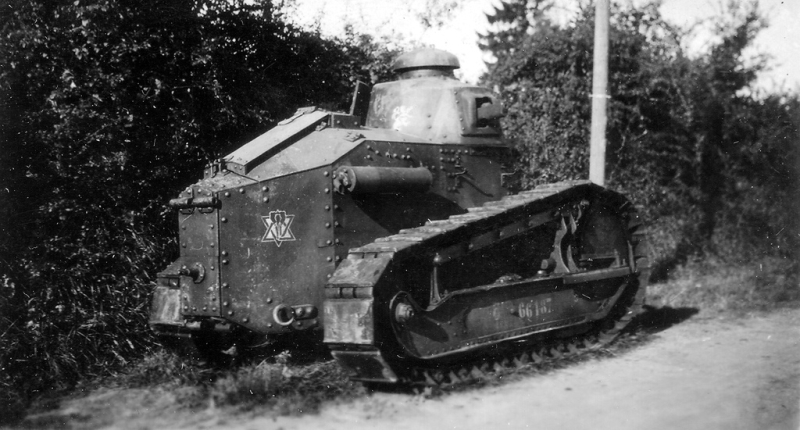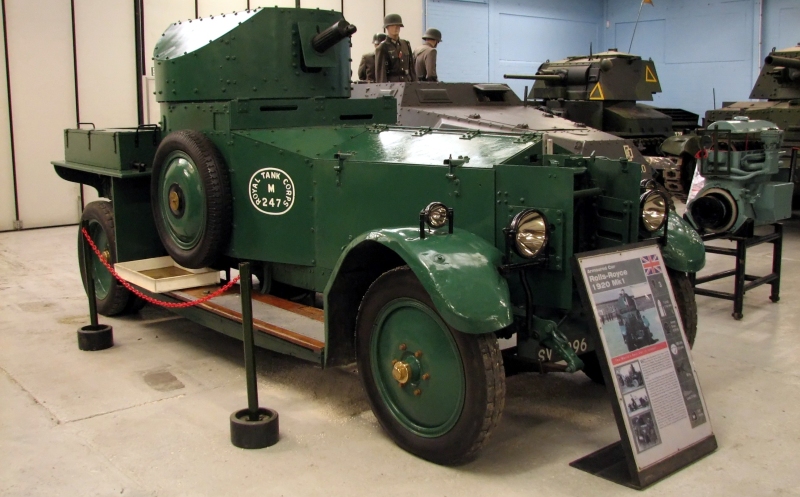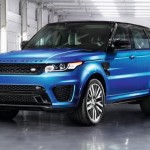Five years ago, launching a decent streaming platform took millions. Now? A teenager with a laptop can build something that reaches millions. That shift…
5 incredibly important automotive technologies that owe their existence to World War One

World War One remains one of the grimmest periods in human history. With an estimated 37-million killed during its four year duration, you’ll be hard pressed to find any kind of positivity harking from it. However, to concentrate on the positives among the turmoil (as difficult and impossible as it may seem), technological marvels are sometimes born from pure necessity in the midst of chaotic violence.
This was definitely the case with both World Wars.
This week marks the Great War’s centennial anniversary, and remembrance parades have taken place across the world honouring those who succumbed.
Here at Motorburn, we’ve decided to honour those who ploughed through the destruction to invent automotive marvels that now stand proudly in museums and private collections across the world.
It’s incredible to think, but some of the technology invented during the War, is still in use today.
1. The first modern tank

Image: PhotosNormandie via Flickr
The automotive industry took a massive hit during the War. Efforts were diverted from developing the elite mode of personal transport to supporting countrymen and national armies. Renault is one such example.
Back in the late 1910s, Louis Renault was still in charge of his bourgeoning automotive company, but he wasn’t designing cars like the company is currently known for. The Renault FT-17 is often regarded as the globe’s first modern tank, a tour de force in its day and one of the most incredible pieces of tech for its time.
Weighing in at a feather-light 6 tonnes, the FT-17 could scale hills and cross enemy trenches for breakfast. Equipped with a 4.5-litre, four-cylinder engine, it wasn’t going to set any land-speed records, but that was besides the point. It was agile, easily controllable using pedals (like the modern car) and levers, but above and beyond this, its firepower was its crowning glory. It featured the world’s first rotating turret fitted to a tank, which meant that it could launch an attack at any angle thanks to its 37mm gun.
The FT-17 was employed by militaries up until 1949 — the end of the Second World War — which by that time newer technologies squashed the tank into obsolescence. But it set the precedent that all tanks today follow.
2. The aluminium combustion engine

Image: W.O. Bentley Memorial Museum/Tom Dine
Before Bentley made luxury cars affordable only by families living on mounds of gold, it made aircraft engines, really wonderful aircraft engines. The BR1 was the first rotary unit to feature aluminium pistons and block all around, inspired by Walter Owen Bentley‘s initial racing efforts. Aluminium, used in excess by marques like Jaguar today, was regarded as too puny a metal to endure the harsh world of a combustion engine, but its weight advantages far outnumbered its disadvantages.
Used prodiminantly in the Sopwith Camel (a British-engineered bi-plane deployed on the Western Front), the BR1 featured nine radial cylinders which produced 150 horsepower in its final iteration. It was eventually replaced by the more powerful BR2, which upped power to 230-horsepower.
Today, aluminium is a principle metal in both aeronautical design and automotive engineering, all thanks in part, to Bentley’s vision.
3. The American muscle motor
Not all manufacturers agreed with this construction though, especially the Americans. The Liberty-L12 engine utilised the V12, 27-litre formation, which is now commonplace in most super- and hyper-cars, but was revolutionary for its time. But it was the engine that ultimately flung the American engine revolution into full tilt.
The influence of the engine was not exactly its impact in the war per se, but the engine sparked massive production cycles for American auto manufacturers. Ford, Buick, Cadillac, Marmon and Lincoln were all involved in the production effort at particular times during the War. And while the engine was predominantly used in American aircraft and heavy ground vehicles, later in its life it set the land speed record in “Babs” — the 274km/h racer. Essentially, the Liberty paved the way for American muscle cars and speed demons of today.
4. The heavy-duty truck
The Standard B, or more informally referred to as the Liberty, was the principle truck developed for the war effort. A ridiculous 227 000 examples were produced by American manufacturers in the final year of the War, with just over a handful surviving now.
The development of the truck was fairly inevitable: as the personal vehicle become less impractical during the War, the truck with its larger payload and wider mobilisation abilities sought a multitude of uses. From delivering artilery and weaponry, health supplies, foodstuffs and ferrying soldiers, trucks were nearly as important as tanks during World War One.
Sure, trucks were virtually invaluable to soldiers and generals alike, the design — in light of today’s standards — were direly rudimentary. Some featured no windshields or A-pillars, while barely any had rear view mirrors. Additionally, the Standard B had a top speed of just 24km/h, so it was not the ideal vehicle to flee your enemy in.
Regardless, the truck in today’s society plays an essential role in distribution of goods, just as it did 100 years ago.
5. The armoured car

Image: Hohum via Wikimedia
Although not as many cars were produced in the late 1910s, that didn’t completely negate the need for them. Rolls-Royce is another company today renowned for its luxury vehicles, but its war efforts reduced it to making some of the world’s most heavily armoured cars.
Built on the Silver Ghost‘s chassis, the car weighed a mammoth 4.7 tonnes, but hilariously only featured an 80-horsepower engine. Due to the weight and distinct lack of power, the car was terrible to drive across the Western Front, which consisted of muddied ruts and bogs. It found prominence in the Middle East though, on the flatter sands of Egypt, Syria and Iraq.
If Archduke Franz Ferdinand was perhaps in one, the War would be a tale of fiction, but ironically, armoured vehicles found widespread use only after his landmark death. And today, many marques produce armoured machinery of their own, most notably, the Germans.


